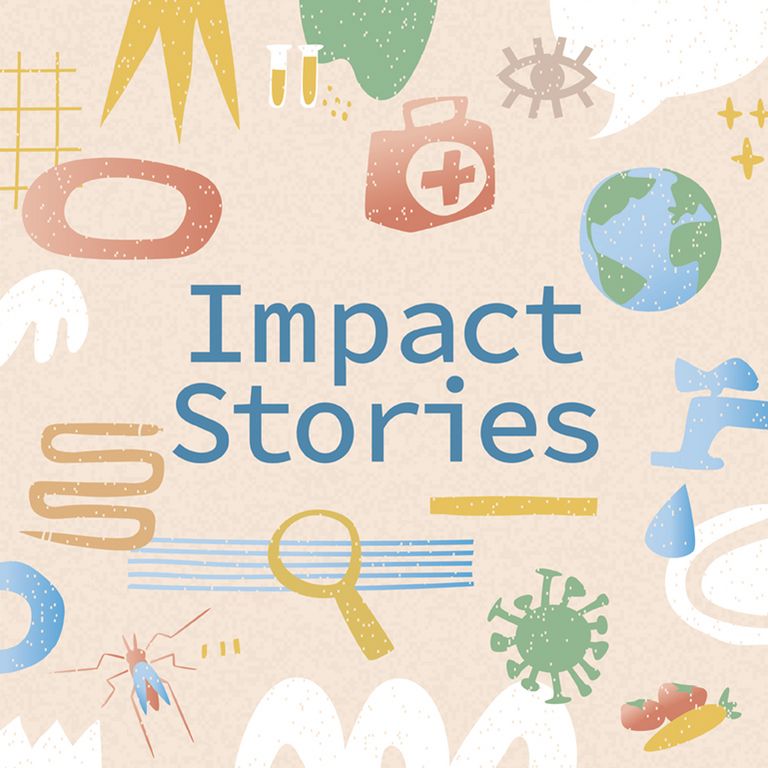


Great strides have been made in the fight against neglected tropical diseases over the past 20 years, but the global burden is still considerable. In order to end the neglect, novel tools and innovative approaches are needed.
Innovation has enabled unprecedented progress in the fight against neglected tropical diseases (NTDs). There has also been a fundamental shift from the traditional approach of treating individual patients to a public health perspective, most notably mass drug administration campaigns, which has led to hundreds of millions of people being treated for NTDs each year.
Such efforts have resulted in the elimination of several NTDs such as elephantiasis, river blindness and trachoma from multiple countries in Africa, Latin America and Asia.
"Innovation has enabled unprecedented progress in the fight against neglected tropical diseases (NTDs)."
Novel tools to combat NTDs
These advancements have been possible due to the availability of safe and efficacious drugs, global alliances, reliable funding and a renewed focus on partnership. The collective efforts have resulted in the discovery and development of new diagnostics, drugs and preventive approaches for treating NTDs.
Scientists and public health specialists at the Swiss Tropical and Public Health Institute (Swiss TPH) and their network of partners have contributed to some of these novel tools to combatting NTDs, including a new paediatric medication derived from praziquantel to treat schistosomiasis within an international consortium, and the drug fexinidazole that was developed against sleeping sickness in partnership with the Drugs for Neglected Disease initiative (DNDi). Combined with new, point-of-care rapid diagnostic tests, the elimination of sleeping sickness is now within reach.
Making novel tools accessible
The potential of novel tools and innovative approaches to combat NTDs can only come to fruition once they are accessible to those most in need. This is when implementation research comes into play, which is the process of introducing a tool into a real-world context. This spans from acceptability by health workers and the local population, to ensuring sustainable funding that makes the tools available, namely in remote and low-resource settings that are characterised by poverty, illiteracy and a lack of basic infrastructure.
In order to realise the potential of new tools and strategies, the time until a drug, diagnostic or intervention reaches the most vulnerable populations must be shortened. One way to do this is through implementation research, which should go hand-in-hand with the development of novel tools.
Access is key to end the neglect for the one billion people that are affected by these preventable and treatable diseases.

Peter Steinmann
Public Health Specialist and Epidemiologist, Swiss TPH